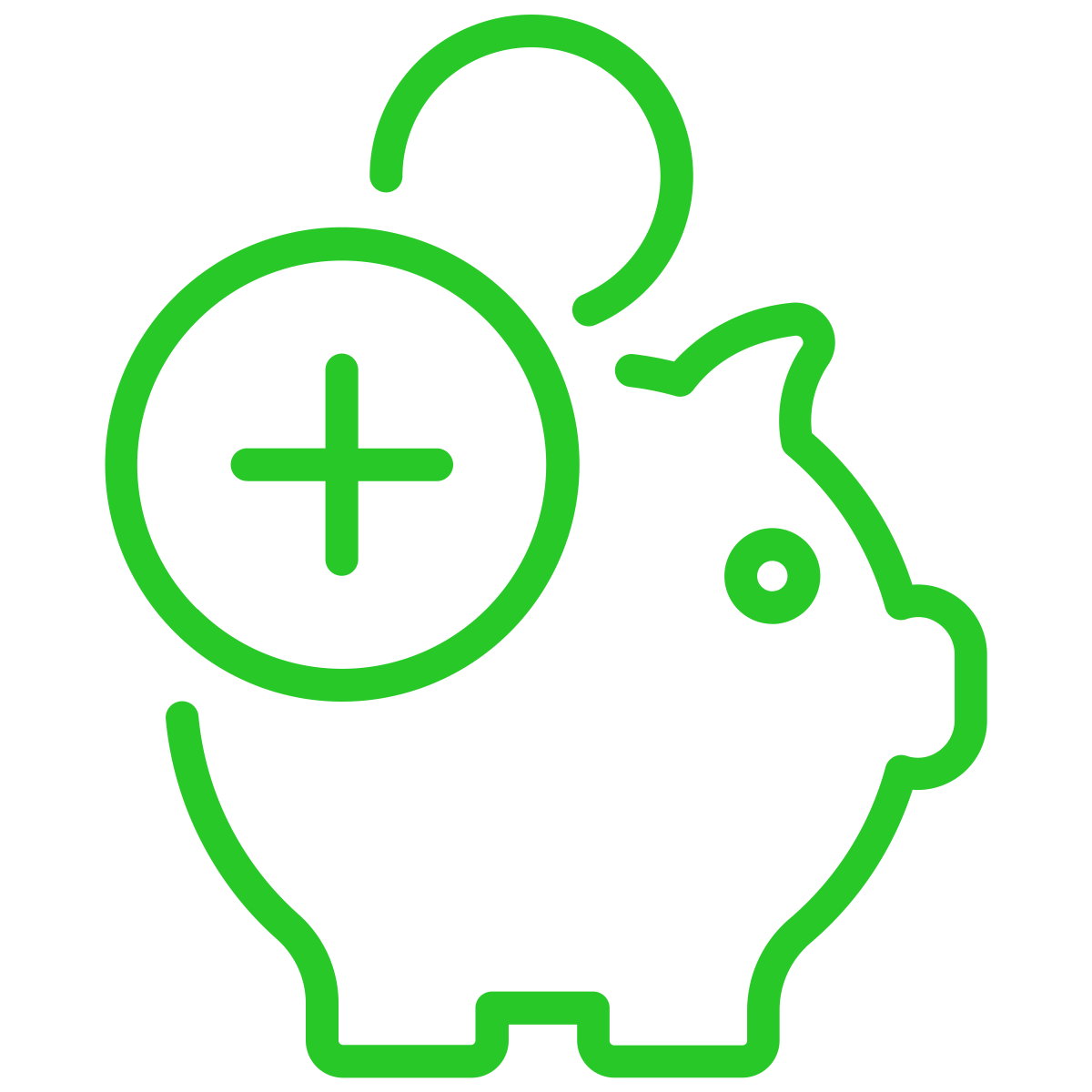Evaluate Realised Value
When we deliver features into a product and when we provide the services offered by that product we are making an explicit investment from our available budgets. We need to evaluate the value realised by the product, its features and services so that we can assess the return from our investments. We use the information provided by our evaluation to help guide large scale decisions on where future investments should be directed.
Evaluate Realised Value
In A Nutshell
When we add features to the product backlog for development, we should attempt to understand the potential value that they can provide. This helps when the customers and teams collaborate over the prioritisation of the development of different features. If we understand potential value, we can use this knowledge to try to maximise the return on the investment in the product.
Understanding potential value is all very well. As with any other estimate, we should strive to understand how accurate our estimates of value turn out to be. We need to measure the value provided by the different features of our product and the services they provide.
We face a number of challenges in measuring the value of a single new feature (or enhancement of existing features). Our measures of value will be impacted by many parallel changes both to the product where the change is made, but also in other products. Value created can also depend on completely exogenous factors such as what our competition is doing, or, even more broadly, changes in the economy, legal context and political context.
Direct Measures
When focusing on value we try to engage with both direct measures of value and indirect measures. If a feature is intended to increase average basket size (for example), then basket size is a direct measure. But customers may choose to shrink their baskets in times of economic hardship and other changes introduced to the product may have the unintended consequence of changing basket size. It is probably impossible to determine whether our specific change has created the desired outcome.
Indirect Measures
Imagine that the feature we have implemented is designed to make it less likely that a customer will remove items from the basket at checkout - when faced with the shock of the final tally, we are trying to stop the customer removing items to make the purchase more affordable. An indirect measure will be to measure the rate of item removal before and after the feature is implemented. If we see a reduction in item removals then we can suggest that our feature is having the desired effect. Even here we are measuring complex interactions between many different moving parts.
The Best We Can Do
Faced with the complexity of measuring value, the best we may be able to do is to look for trends. Have we seen an increase in basket size? Does the timing of that increase align with the period over which we have been implementing features to try to increase basket size?
If we can see enough clues, then we can probably claim some level of contribution to the outcome we are directly trying to measure.

